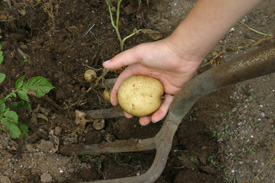1-Jan-1970

Pumpkin

Figs

Potatoes

